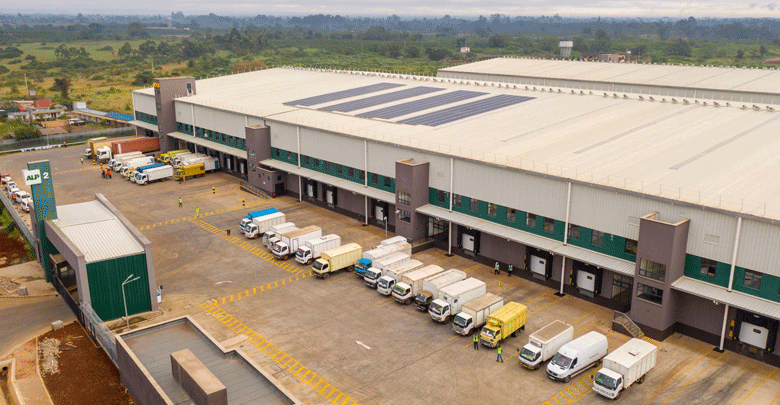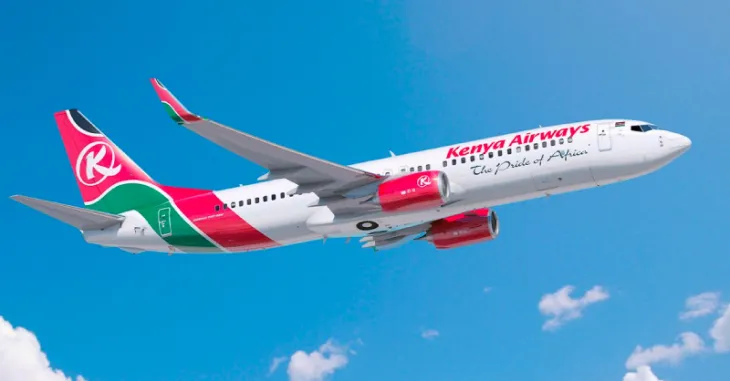How shifting customer demand is shaping warehousing market

Lewis Njoka @LewisNjoka
Kenya’s industrial real estate sector is undergoing a transformation with the traditional design of warehouses giving way to modern ones that are located in more convenient locations.
Clients are now demanding for a serene location different from the congested Industrial Area, Baba Dogo and Mombasa Road areas of Nairobi where most of the country’s old warehouses are located.
To achieve the feat, industrial parks are now moving to areas within Nairobi’s periphery such as Kiambu and Machakos counties where they are easily accessible and are still in close proximity to key airport and railway termini.
A recent report by Cytonn attributes the transformation to a changing clientele who prefer high-quality stock which allows for modern retailing, distribution and manufacturing practices.
Like it happened with office spaces a while back, modern industrial parks such as Tatu City, Infinity, and Tilisi have sprung up to meet the new demand.
Tatu Industrial Park is located in Ruiru, Infinity along the Eastern Bypass while Tilisi is located in Limuru, Kiambu county.
“The modern parks are also built in such a way that they allow for a live, work and play concept,” reads the report in part.
These recent changes corroborate the Knight Frank Africa report 2020/21 which projected that the country would witness development away from the traditional industrial spaces due to the heightened infrastructural development witnessed in the country recently. Major roads completed within Nairobi in the recent past include the Northern, Western, Eastern and the Southern bypasses.
“This new infrastructure, along with the completion of Phase 2A of the Standard Gauge Railway and the construction of an inland container depot in Naivasha, is likely to be a catalyst for development along the new corridors and industrial nodes away from historical industrial areas,” reads the report.
Knight Frank further said it expected the steady supply of grade a warehousing to push prices downwards in the poorly located grade B warehouses which still make up a majority of the stock in the country.
Juster Kendi, a real estate consultant said the transformation in the warehousing sector is as a result of the market responding to changing customer needs with changing times.
Better amenities
“People are just seeking better amenities that is why they are shifting away from Industrial Area and Mombasa road,” she said.
Other non-industrial estates such as Eastleigh and Gikomba have too witnessed an increase in the number of low cost warehousing to cater for retailers operating in the vicinity. Both estates are popular for clothes trade with Gikomba selling mostly popular for second hand clothes imported from the Middle East.
According to the report, the prime rent for industrial space in Nairobi is Sh641 ($6) per square metre per month with a prime yield of 8.5 per cent.
Warehousing is a key component of Kenya’s trade considering that the country is a net importer with several countries in the Eastern Africa region importing their goods via Kenya.
According to the Kenya National Bureau of Statistics, the volume of trade in the month of January stood at Sh215.04 billion down from Sh218.96 billion in December 2020.
Total exports decreased to Sh54.31 billion from Sh57.51 billion in December 2020. Similarly, the value of imports decreased to Sh160.72 billion from Sh161.46 billion in December 2020.











